October 15-21, 2023
A Lingering Pause

It appears we're in that long, slow period between fading fall colors and the arrival of snow.
Week in Review
Yes, our fall colors are still breathtakingly beautiful! But now there's an undeniable edge of brown creeping in, and the ground is becoming thickly carpeted with a mat of soggy leaves.
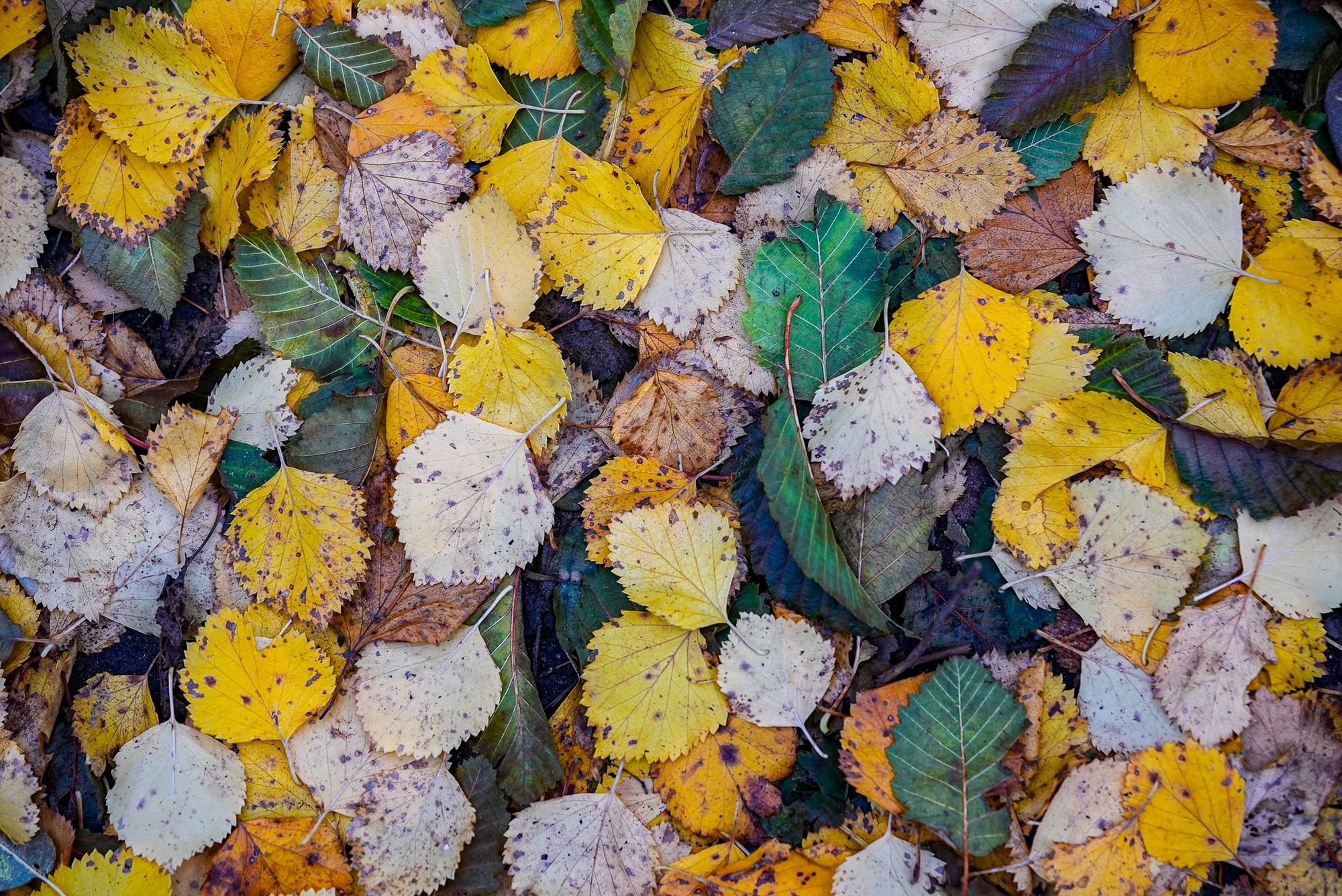
Mornings might be noticeably damp and chilly, with pockets of low-lying fog, but a surprising number of days this week were still gloriously warm—in fact, some days were flawless autumn days.

However, this is a subtle and quiet time in the natural world.
A few flocks of mixed ducks showed up on larger local lakes, and one day I spotted 250-300 Canada geese on Big Twin Lake (compared to the 80 geese I counted two weeks ago). But the absence of cold weather to the north means that large numbers of wintering ducks haven't been pushed south yet.
Other conspicuous birds you might have noticed this week were large groups of starlings flying about the valley. These flocks have been around for a month or two, but they seemed to be especially conspicuous this week and I'm not sure why.
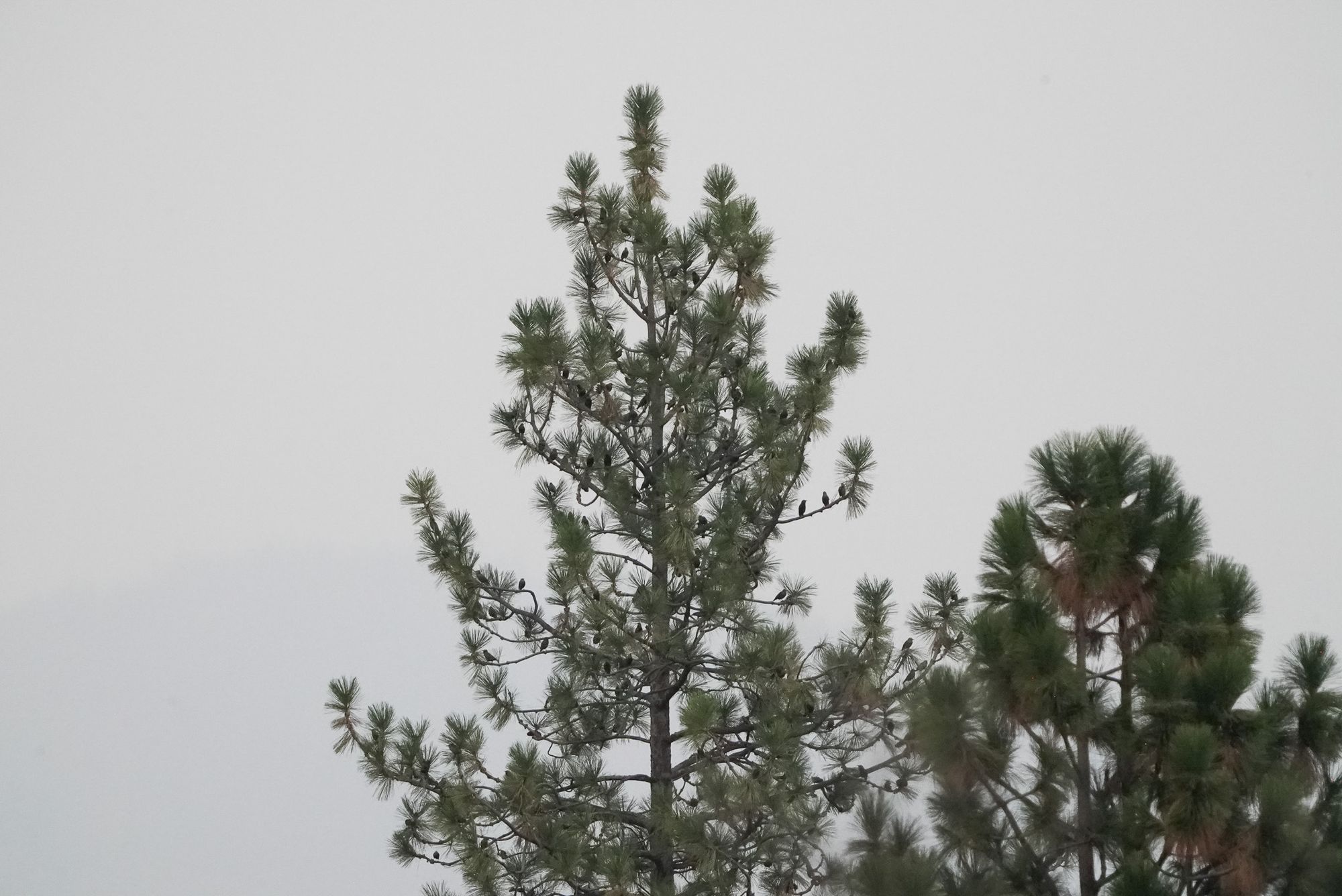
By far, the most active animals are pollinators and other insects. This week I've noticed a steady parade of insects flying around the yard in search of scattered flowers, plus many stray flies finding their way into the house. It might be true that insects mostly disappear in autumn, but it's also a lot of fun to pay attention and notice how many kinds of insects you can still find.
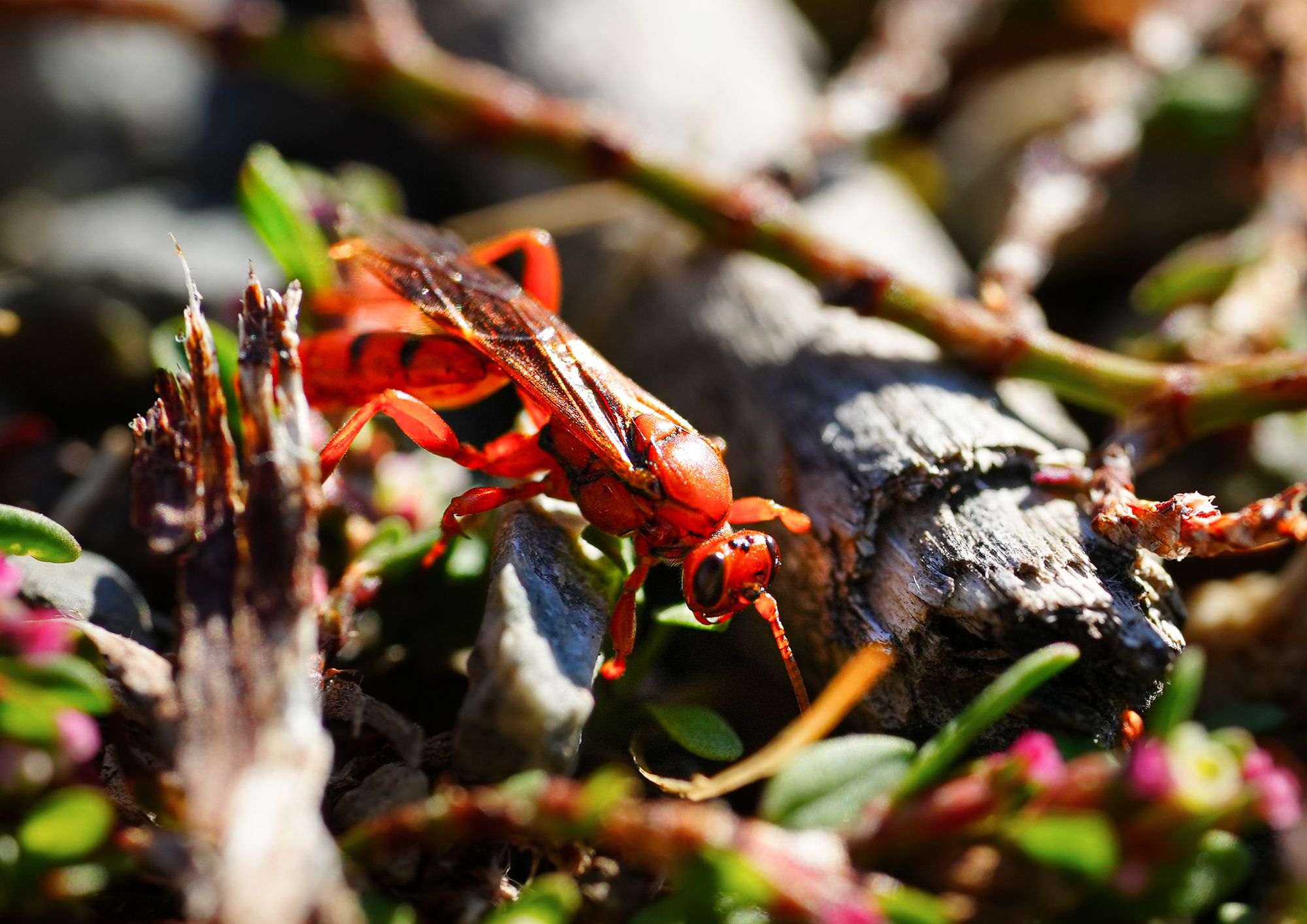
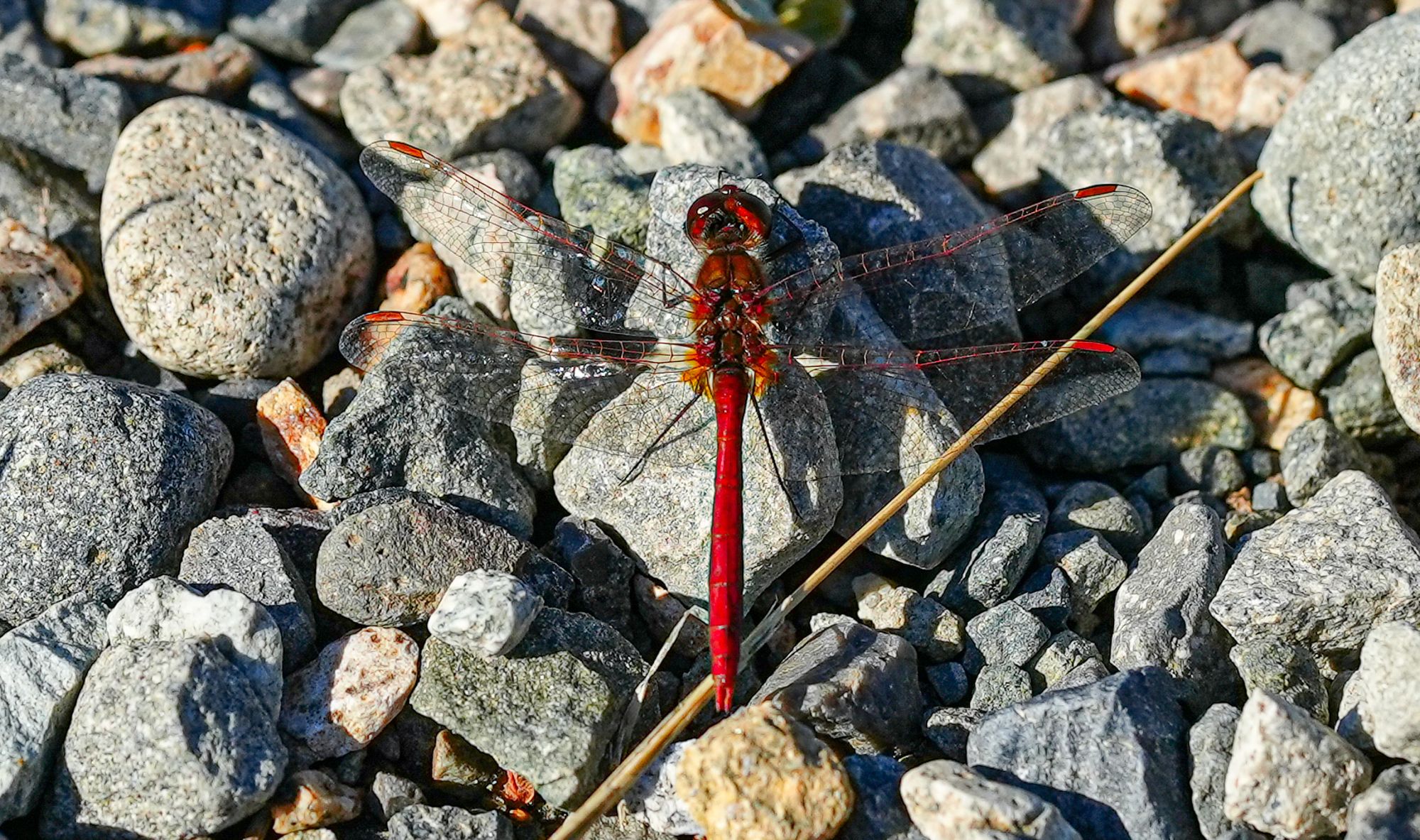
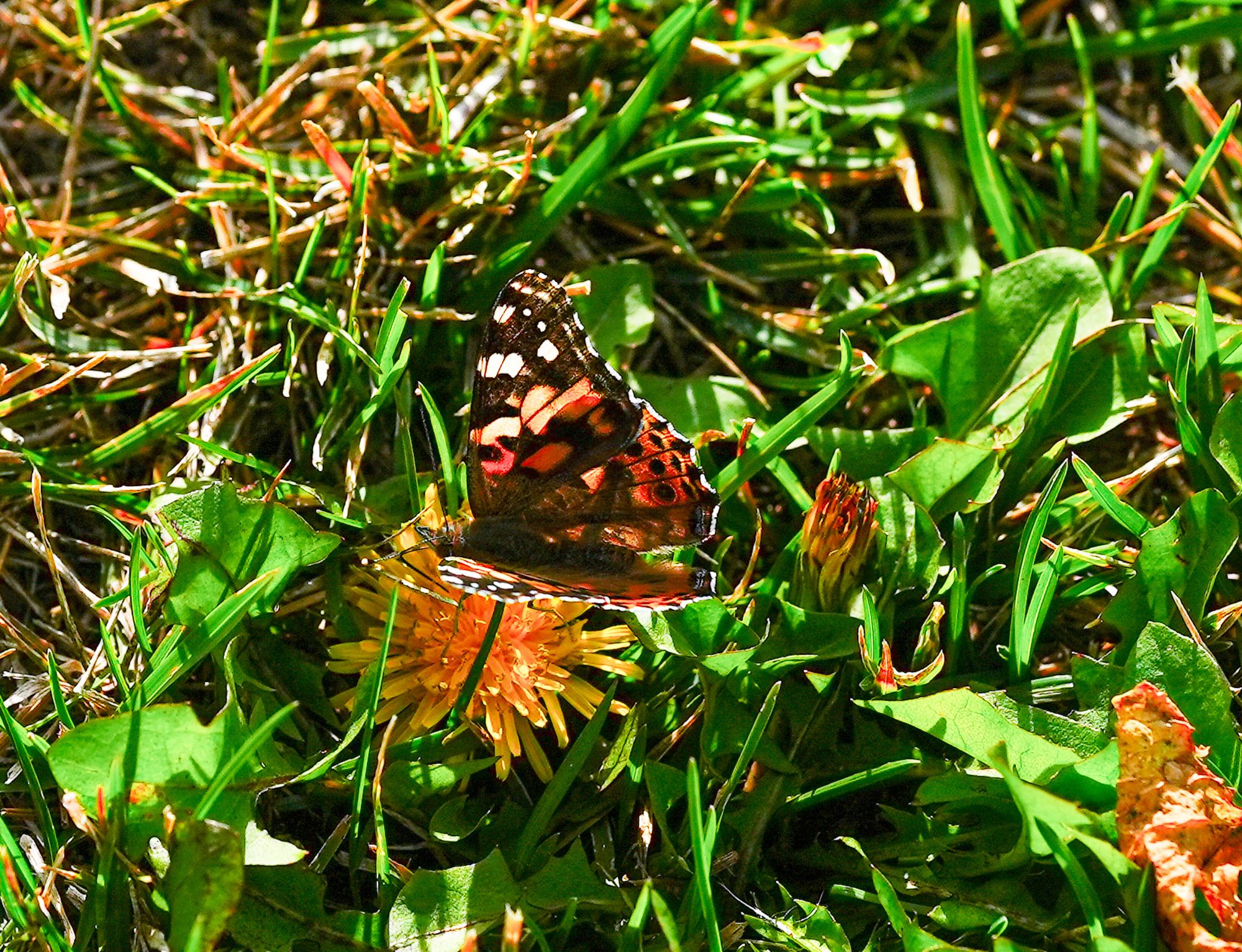
With the ground wet and carpeted with leaves, this has also been a great time for mushrooms. Again, I keep wishing we had a mushroom expert in the valley because it would be awesome to develop a list of what occurs here and how we can learn to recognize these many species!
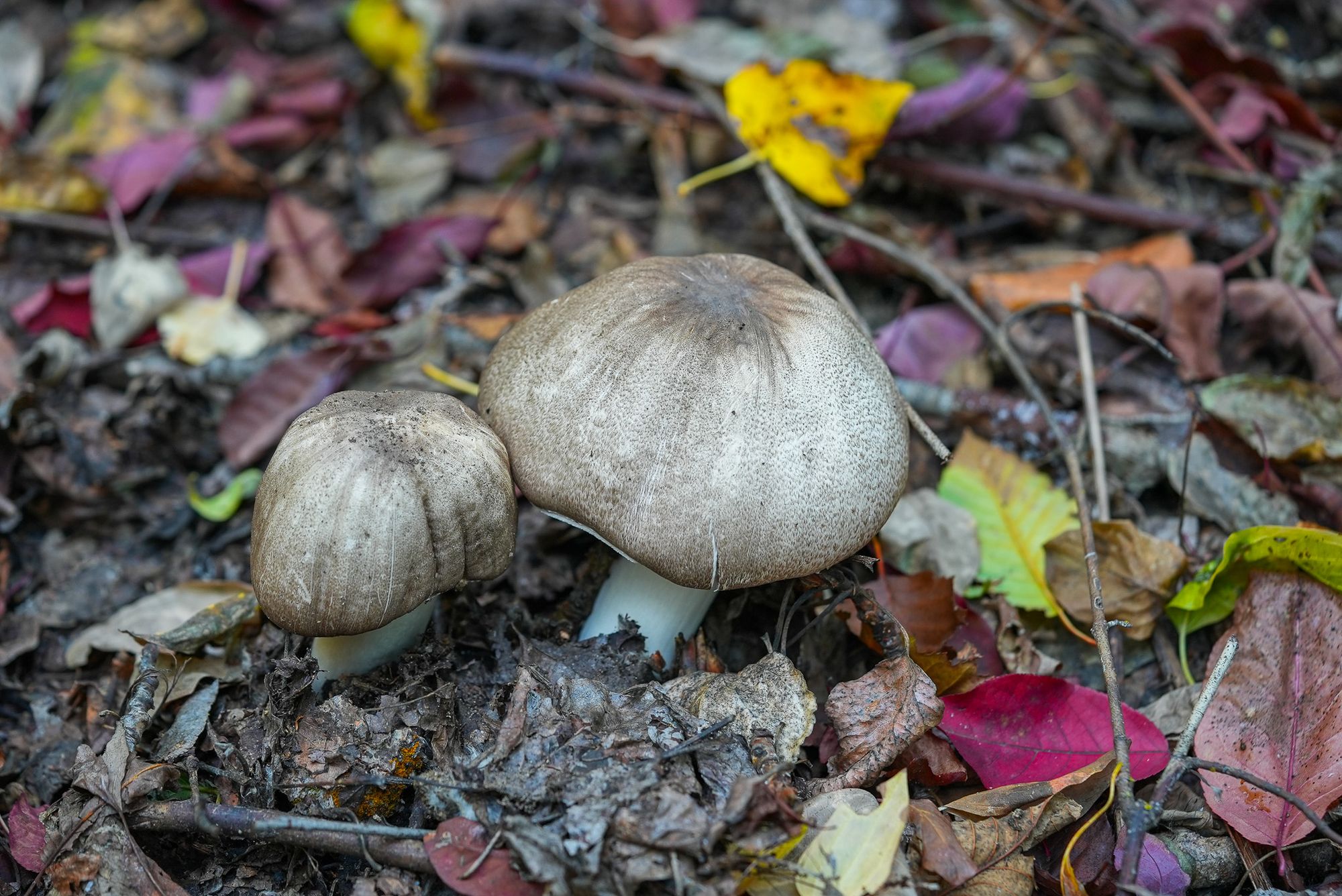
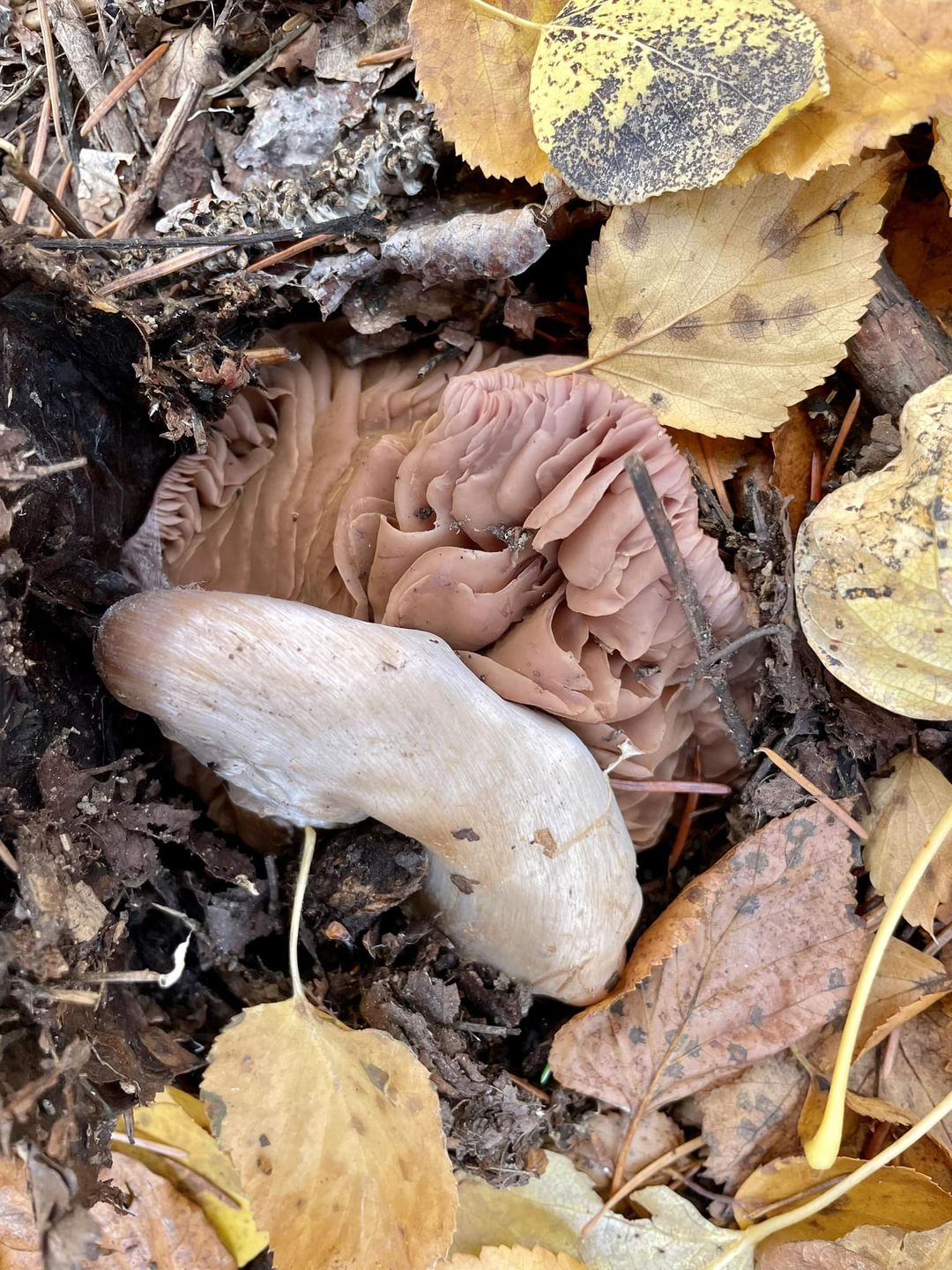
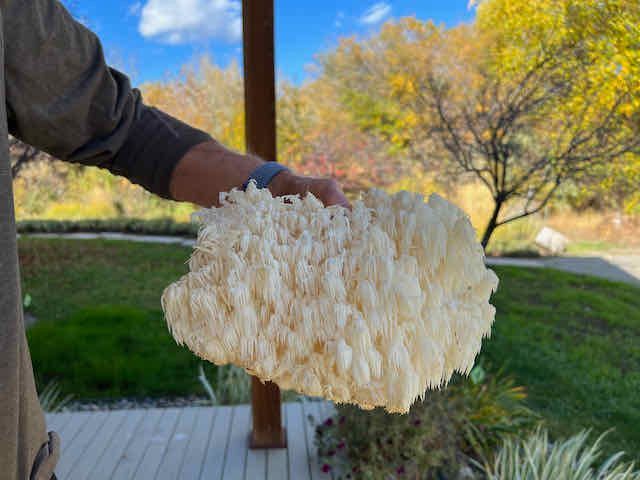
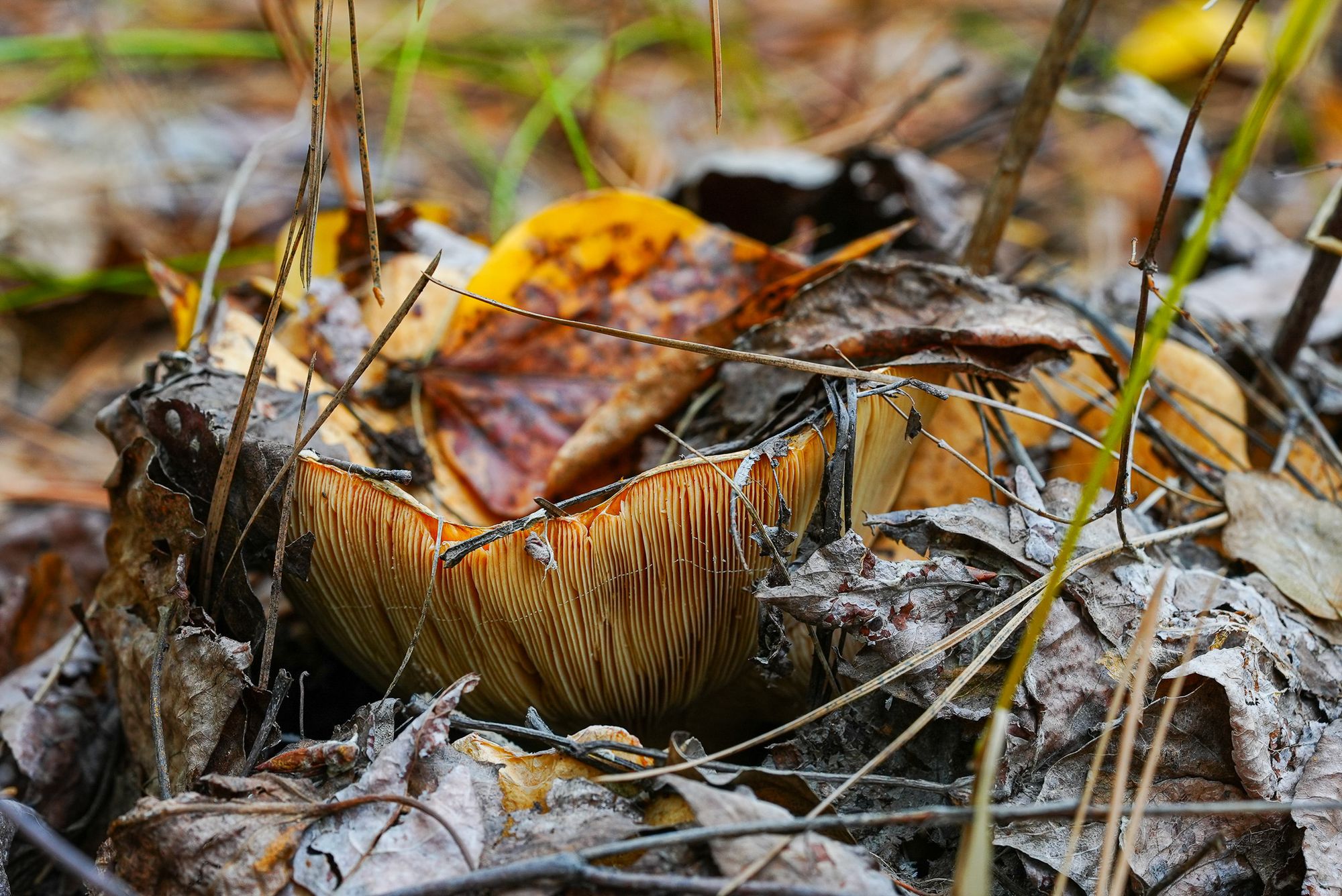
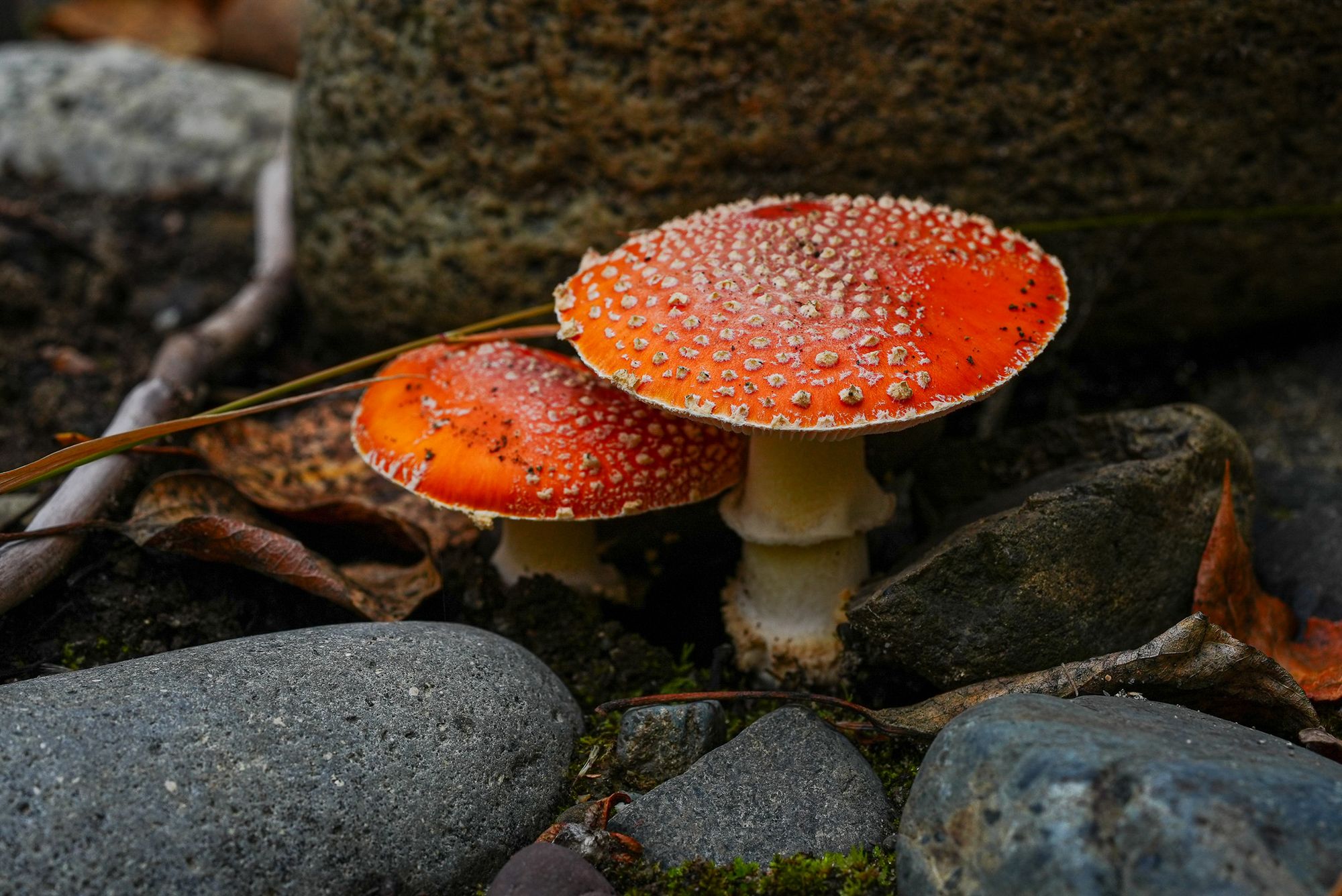
Observation of the Week: Jerusalem Crickets
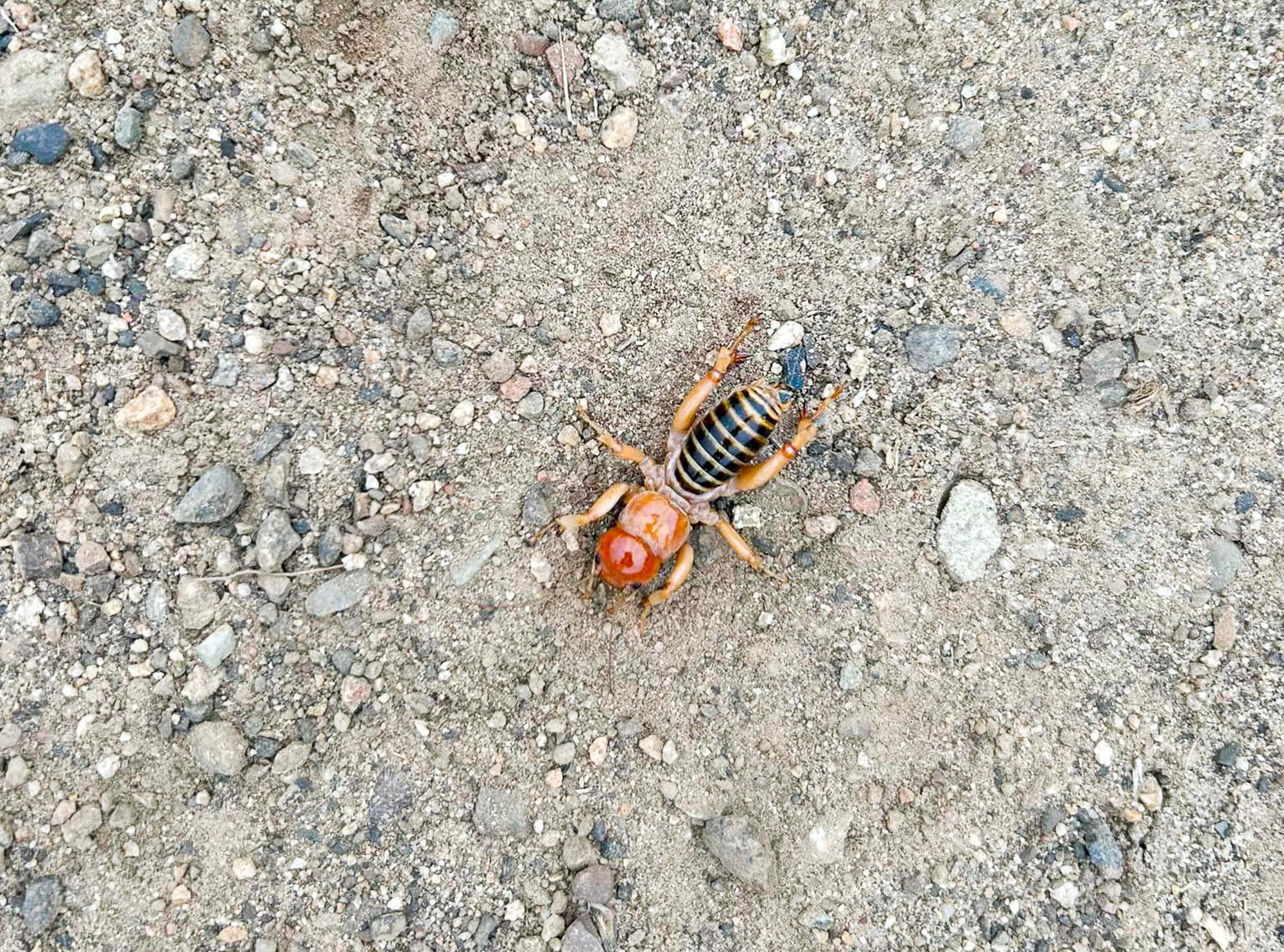
It's almost scary when you spot a large, alien-looking Jerusalem cricket walking on the ground. They can move in jerky movements and it isn't clear whether they're dangerous or venomous or getting ready to attack.
If you happen to pick one up, you'll notice it has a foul smell and might give you a painful bite (I don't recommend picking one up!), but it's actually a harmless insect that lives underground and eats decaying plants and dead insects.
A better name for this insect might be its Navajo name which translates as "red-skull bug" in reference to its bulbous, shiny red head. Although they're called crickets, they are neither true crickets, nor do they produce beautiful cricket songs. In fact, they attract mates by thumping their abdomens against the ground in species-specific patterns. (Hear what this sounds like on Wikipedia)
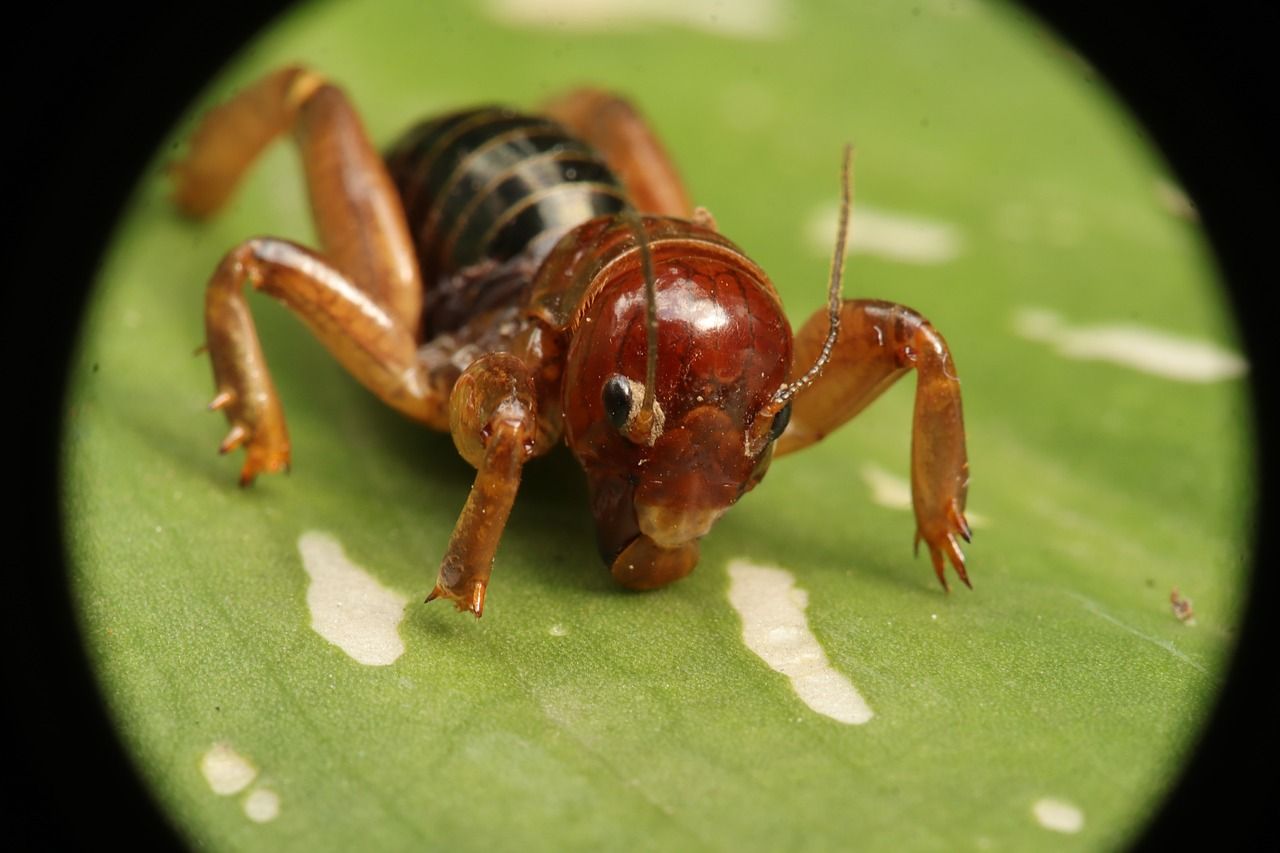
These insects only come out at night, but there's a really weird and fascinating story here!
If you find one in the daytime, this is because it is infected with a parasitic worm called a horsehair worm. These long, slender worms can grow over two feet long, and as the worms reach adulthood they need water to find mates and reproduce.
As soon as it starts raining, and there's a chance of finding puddles and ponds, the worm reprograms the brain of the Jerusalem cricket so it comes out of its burrow and wanders in search of water (this is when you're most likely to see them).
When it finds water, the infected cricket walks into the water to die and the worm—which occupies almost all of the cricket's body—instantly bursts out and starts swimming around in search of mates. (You can find videos and photographs of this sequence online, but fair warning that they're gruesome to watch.)
Worms then lay eggs that are later eaten by aquatic insects, or other insects that come along if the water dries up. The worm larva then wait inside that insect until it dies, and the body is eaten by a Jerusalem cricket, then it grows into an adult worm and completes its life cycle inside the cricket.

